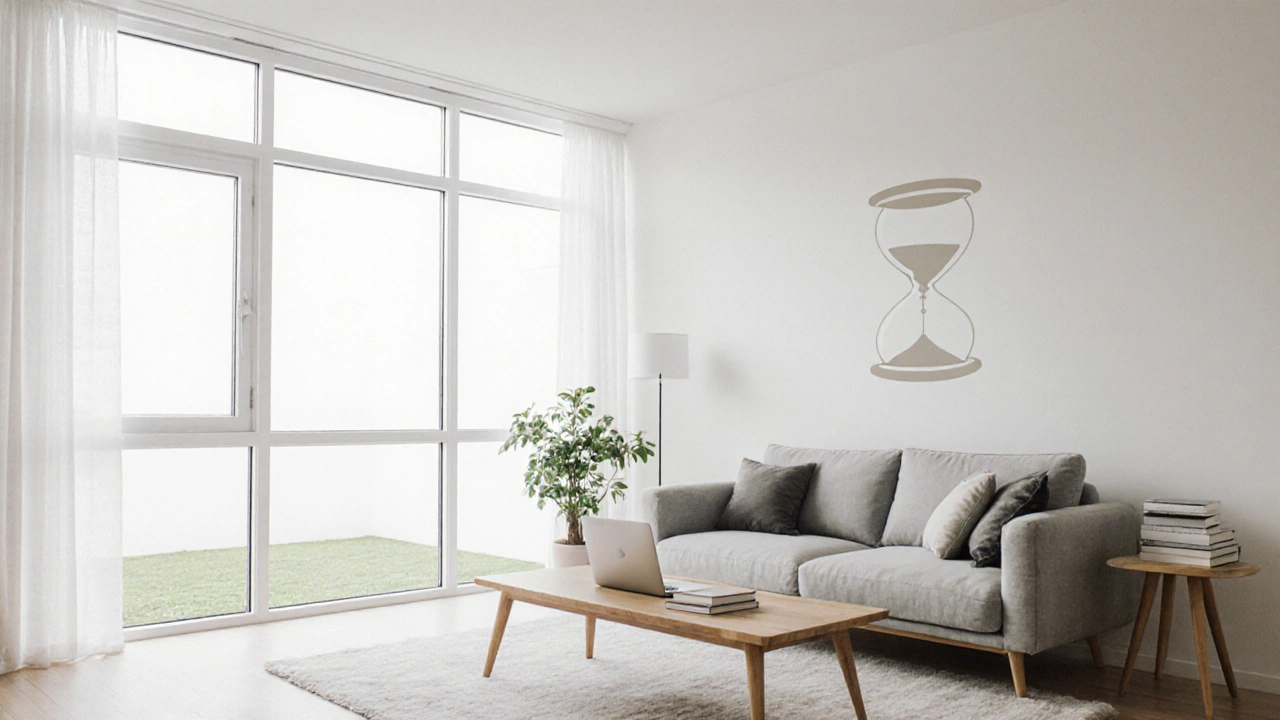Ever stare at a cluttered closet and wonder why you’re keeping stuff you never use? The 10 10 rule for minimalism offers a straightforward way to cut the excess without feeling guilty. In plain terms, it tells you to keep only items you’ve used at least ten times in the past year and that you could replace in ten minutes or less. Follow the steps below, and you’ll see how the rule turns a chaotic space into a calm, functional home.
What the 10‑10 Rule Actually Says
10‑10 rule is a minimalist decluttering guideline that combines frequency of use with ease of replacement. The rule has two parts:
- Has the item been used ten or more times in the last twelve months?
- Could you buy a replacement in ten minutes (or less) if you needed it?
If the answer to either question is “no,” it’s time to let the item go.
Why the Rule Works - A Look at Minimalism Fundamentals
Minimalism is a lifestyle that focuses on owning fewer, high‑quality things that truly add value to your life. By measuring both usage and replaceability, the 10‑10 rule aligns with two core minimalism principles:
- Intentional ownership: You keep only what serves a purpose or brings joy.
- Reduced consumer waste: Letting go of low‑use items cuts down on needless buying.
When you apply the rule, you’ll quickly notice a drop in visual clutter, a lighter mental load, and more space for the things you love.
Step‑by‑Step: Applying the 10‑10 Rule in Your Home
Ready to test the rule? Grab a trash bag, a donation box, and a notepad. Follow these five steps:
- Pick a zone. Start small - a single drawer, a shelf, or a bathroom cabinet.
- Count uses. Look at each item and ask, “Did I use this ten times this year?” If you can’t recall, it likely falls short.
- Test replaceability. For each item, imagine needing it tomorrow. Can you buy a comparable one in ten minutes? If yes, you’re probably over‑stocked.
- Sort. Place items that pass both tests back. Anything that fails goes into the discard or donation pile.
- Reflect. After each zone, notice how the space feels. A clear visual cue reinforces the habit.
Repeat the process room‑by‑room until the entire house meets the 10‑10 criteria.

Common Challenges and How to Overcome Them
Even a simple rule can hit snags. Here are three typical roadblocks and quick fixes:
- Sentimental items. If a family heirloom hasn’t been used but holds emotional value, photograph it and store it in a memory box. The rule targets utility, not sentiment.
- “What if I need it later?” Write a short note about the item’s purpose. If you truly need it, you’ll likely re‑purchase it soon - proving the rule right.
- Over‑abundance of duplicates. The rule shines here. If you have two similar kitchen tools, keep the one you use most often; the other goes.
Comparing the 10‑10 Rule with Other Decluttering Systems
Many people hear about Marie Kondo’s method or the 3‑3 rule before discovering the 10‑10 rule. Below is a quick side‑by‑side look to help you pick the approach that fits your style.
| Method | Core Question | Focus | Typical Time Investment |
|---|---|---|---|
| 10‑10 rule | Used ≥10 times? Replace in ≤10min? | Frequency + replaceability | 15‑30min per zone |
| Marie Kondo (Spark Joy) | Does it spark joy? | Emotional response | 30‑60min per zone |
| 3‑3 rule | Own ≤3 items per category? | Category caps | 5‑10min per category |
All three methods aim to reduce excess, but the 10‑10 rule is especially data‑driven, making it easy to measure progress.

Extending the Rule Beyond Physical Items
Minimalism isn’t just about stuff. You can apply the 10‑10 logic to digital lives and routines too.
- Digital files. Delete apps or files you haven’t opened ten times this year.
- Subscriptions. Cancel services you haven’t used ten times (or watched ten episodes) in twelve months.
- Social commitments. Drop activities that don’t show up in your calendar at least ten times a year.
When you treat data and habits like objects, the same clarity spreads across the whole life.
Key Takeaways
- The 10‑10 rule keeps items used ≥10 times a year and replaceable within ten minutes.
- It aligns with minimalism’s focus on intentional ownership and waste reduction.
- Apply it zone by zone, using a simple two‑question checklist.
- Address sentimental hurdles by photographing or boxing memories.
- Compare it with other methods to choose what feels right for you.
Frequently Asked Questions
Can I keep items that I haven’t used but cost a lot to replace?
If the replacement cost is high, the ten‑minute rule might not apply. In that case, consider storing the item safely or finding a second‑hand source. The goal is to avoid clutter, not to jeopardize practicality.
How do I track the number of times I’ve used an item?
A quick spreadsheet or a notes app works. List items and tick each use; after ten checks, you know it passes the first test.
Is the rule suitable for a shared household?
Absolutely. Have each person run the checklist on their personal belongings, then tackle common areas together. Open communication prevents misunderstandings.
What about seasonal items like winter coats?
Store them in a clearly labeled container. Since you’ll likely use them ten times in a winter, they qualify. If you own multiple coats, keep the one you reach for most often.
Does the rule work for digital clutter?
Yes. Apply the same two‑question test to apps, files, and subscriptions. If you haven’t opened a file ten times, archive or delete it.
